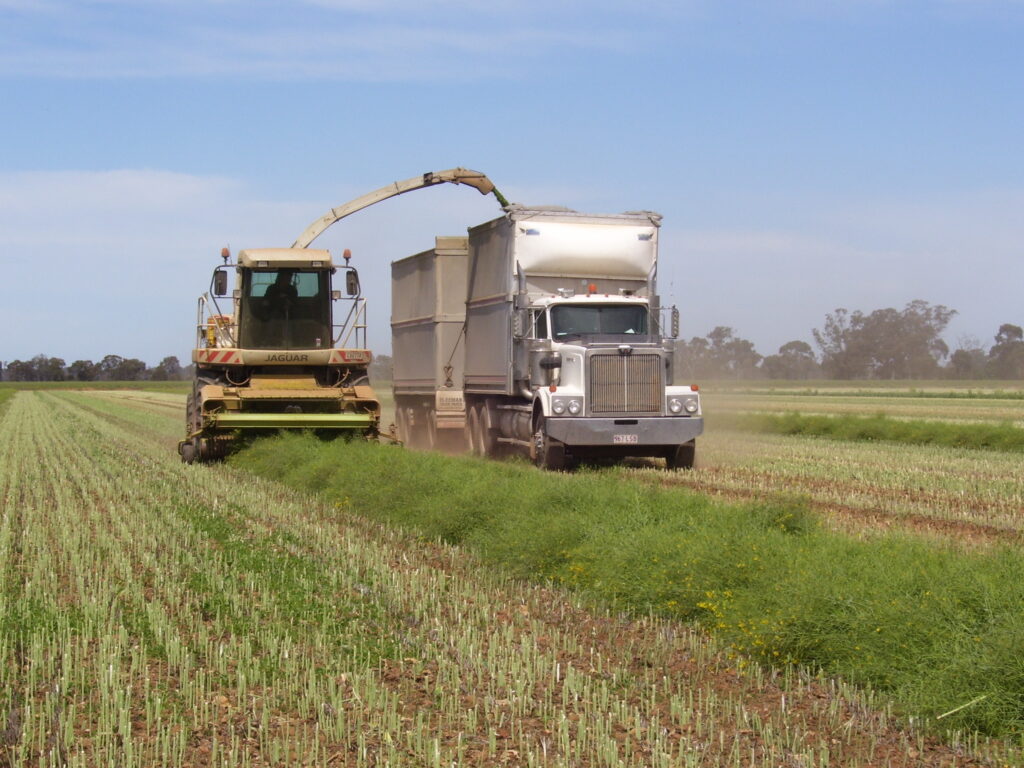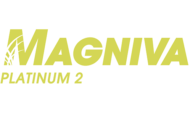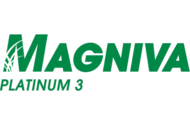Brassicas such as canola and kale are grown in many regions, mainly as a cash crop. But over recent years they have been used an alternative forage to produce silage. Brassica’s are typically only used as backup forage, where drought conditions have caused the regular silage crops to fail or drastically reduced yields. Yet, they can make perfectly good silage if managed correctly.
Canola is frost, heat and drought-resistant, making it an excellent choice as an alternative as a silage crop. It also has the added benefit of being more resistant to pest damage than many silage crops. It can also make sense to use canola as silage, especially when harvesting a cash crop does not make sense, such as in drought conditions or when yields are reduced. Also in regions such as the EU growing secondary/catch crops to avoid erosion, nutrient losses, help fulfil regulatory issues such as greening law, etc.

Harvest and ensiling recommendations
Producing hay and silage are possible.
- Long harvest window. From early flowering till mid pod
- Yield will increase, and quality will decrease with maturity
- Loose leaves after flowering, so the decrease in quality is more significant at this point
- Yield is medium to high (Table 1). Due to different Brassica species and breeds, quality and quantity values are very variable
- Cut the crop at 15-20 cm height rather than at 5 cm because of thick steams, not palatable, can puncture film/bales
- Cracking/conditioning of the stem which allows moisture to escape, but wilting still can take long. Losses of valuable leaves can occur
- For optimal silage results, DM should be >30%
- In most cases, sugar content sufficient for a good fermentation (Table 1), but soil contamination must be avoided
- Compaction can be difficult due to hard steams. Aerobic stability can be low to medium at feedout
- Baling is not recommend because of the thick steams (difficult to compact and stay in shape; can puncture film)
- A silage inoculant containing homo- and heterofermentative bacteria to support fermentation and aerobe stability is highly recommended
Feeding
- Before making hay or silage, it is mandatory to check that there are no residual chemicals on the crop that could cause problems when feeding to animals
- The forage must contain very low amounts of glucosinolates and erucic acid
- Generally, a high protein feed with good digestibility depends on the maturity and harvest method
- High quantities of Non-Protein-Nitrogen, nitrates and soluble protein after ensiling are possible
- Sulphur content can also be high
- Fiber components can be too low for good rumination (Table 1), so adapt the ration
- Slowly adapt the silage to the animals. Increase the amount gradually to a maximum 20-30% of the ration
- Suitable for heifers, dairy cows and beef cattle
Table 1.

Literature and further information
Bayerische Landesanstalt für Landwirtschaft. 2019. Gruber Tabelle zur Fütterung der Milchkühe, Zuchtrinder, Schafe, Ziegen. https://www.lfl.bayern.de/mam/cms07/publikationen/daten/informationen/gruber_tabelle_fuetterung_milchkuehe_zuchtrinder_schafe_ziegen_lfl-information.pdf
Bennett T. 2015. Making canola hay and silage from failed crops. MacKillop Farm Management Group. https://www.naturalresources.sa.gov.au/files/sharedassets/sa_murray-darling_basin/land/dry_times/crops-making-hay-and-silage-from-failed-crops-gen.pdf
Heuzé V., Tran G. and F. Lebas. 2019. Rape forage. Feedipedia, a programme by INRA, CIRAD, AFZ and FAO. https://www.feedipedia.org/node/15683
Grains Research & Development Corporation. 2010. Canola hay and silage fact sheet. https://grdc.com.au/__data/assets/pdf_file/0024/207645/canola-and-hay-silage-factsheet.pdf.pdf
Islam M. R. and S. C. Garcia. 2011. Effects of sowing date and nitrogen fertilizer on forage yield, nitrogen- and water-use efficiency and nutritive value of an annual triple-crop complementary forage rotation and quality for rape and turnip genotypes Canola and other Brassica spp. Grass Forage Sci. 67:96-110.
Kaur K. and S. C. Garcia. 2010. Rumen degradation and fermentation characteristics of forage rape. Proceedings of the 4th Australasian Dairy Science Symposium. 321-325.
McCormick K., J. Stuchbery et al. 2007 Canola hay: reducing the risk of canola production. Canola & Juncea canola trials. http://www.australianoilseeds.com/__data/assets/pdf_file/0009/4203/canola_hay_Longerenong.pdf
Parker P. 2006. Managing failed canola crops. NSW DPI.
Sincik M., U. Bilgili, A. Uzun, E. Acikgoz. 2007. Short communication. Harvest stage effects on forage yield and quality for rape and turnip genotypes . Span. J. Agric. Res. 5:510-516.
Westwood C. T. and H. Mulcock. 2012. Nutritional evaluation of five species of forage brassica. Proceedings of the New Zealand Grassland Association 74. 31-38.








